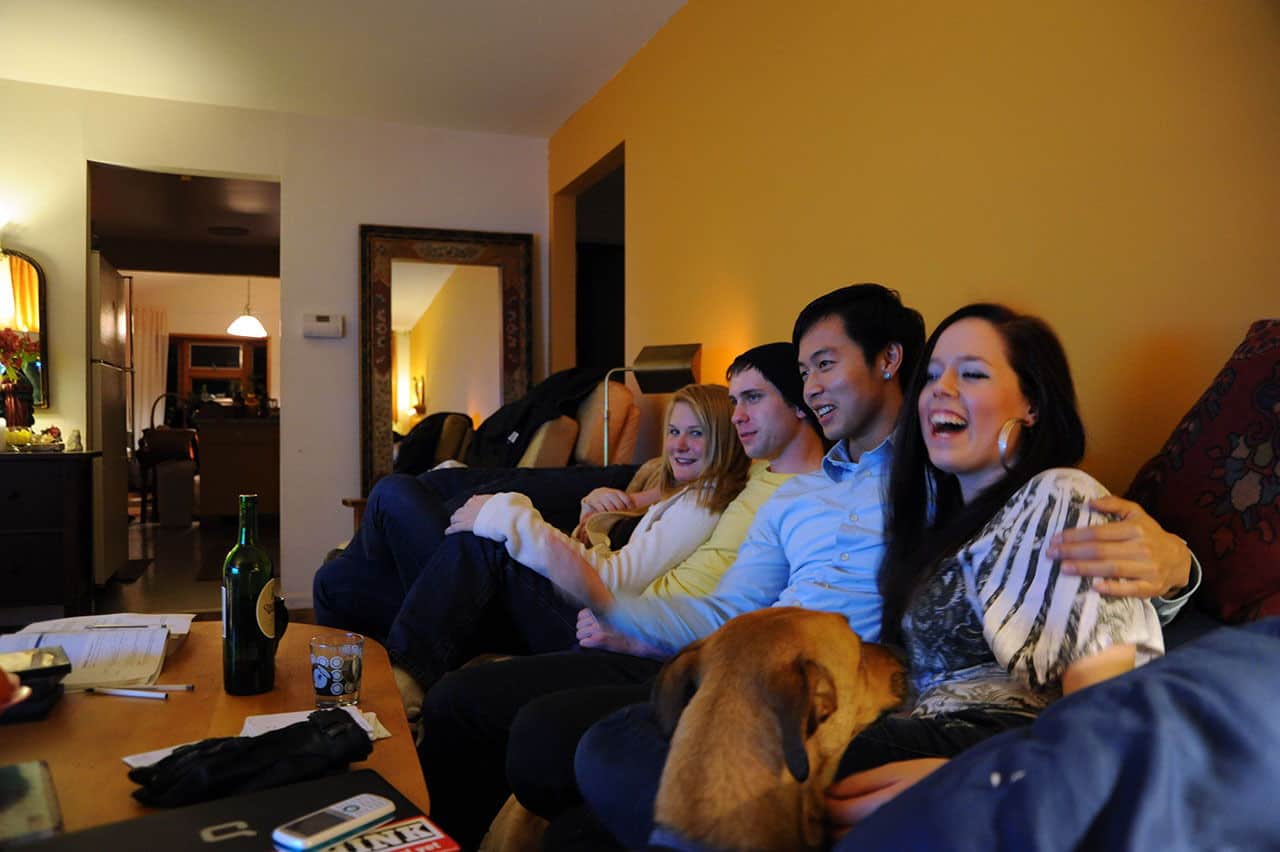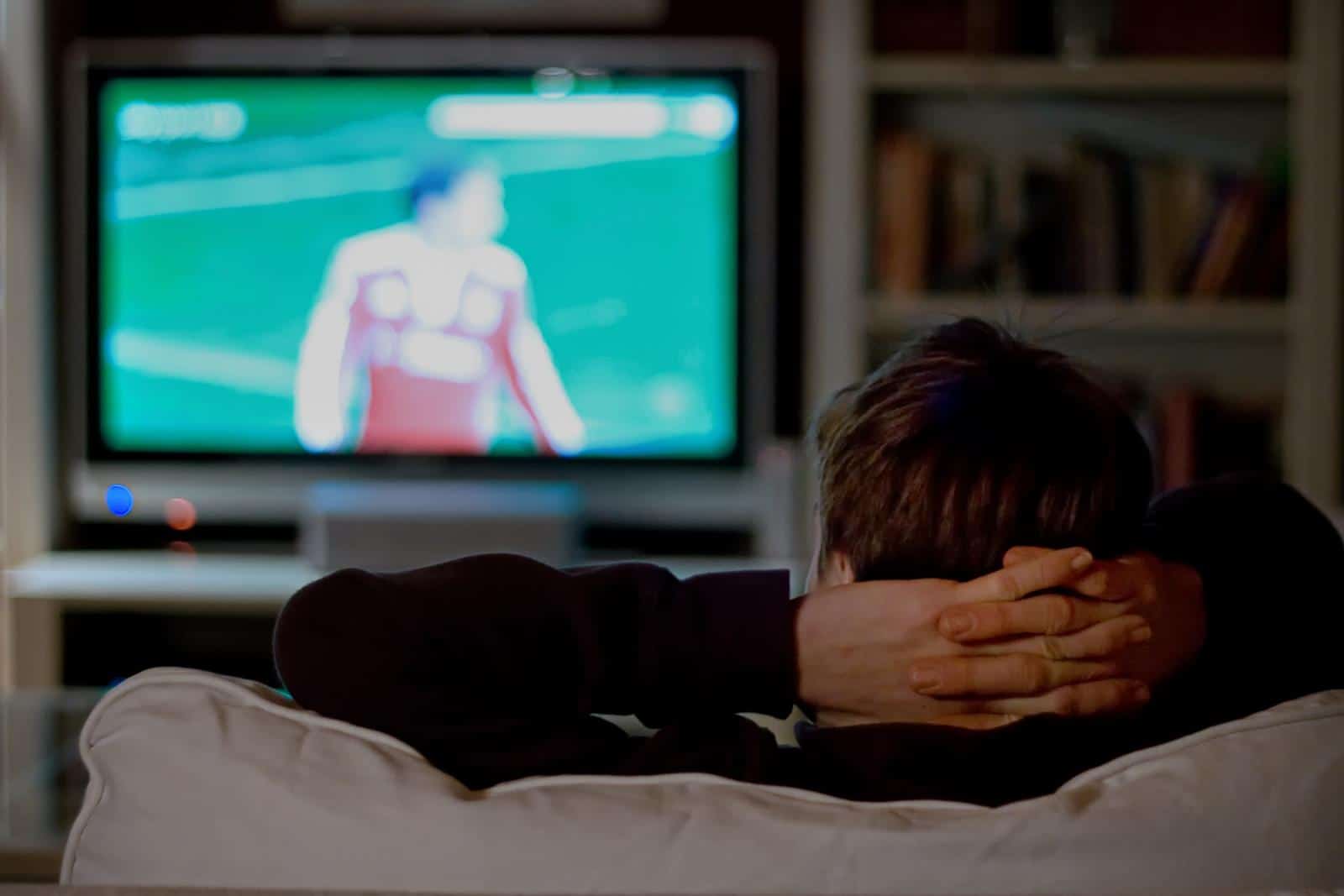Technology continues to move at the speed of light, and High Definition television (HDTV) is available to most homes in the developed world. Many families want amazing images, spatial and stereo sound, and surround sound and evaluate expensive home theatre equipment that’s unnecessary today. An HDTV broadcast channel delivers incredibly fresh and detailed images, but access to specialized HDTV technology is necessary to appreciate HDTV channels and broadcasts fully.
Unfortunately, according to the British Video Association (BVA), many people in the UK don’t know how to use their HD facility even if they’ve already purchased an HD-compatible television. Because the difference between standard definition (SD) and high definition (HD) is so substantial, it’s important to take advantage of the more pleasurable HDTV experience!
Many of today’s televisions are HDTV compatible, but to make certain yours is, look for the HDTV emblem somewhere on the unit. An HDTV is needed to access the amazing sound and picture quality available from HDTV broadcasts. High-definition channels from Virgin Media offer a low-cost resource for those searching for stunningly crisp, clear, and defined television.
What to look for in a high-definition compatible television
Look for HD-Ready, Full HD, Plasma, or LCD televisions in 720p, 1080i, and 1080p. According to “HDTV and the Transition to Digital Broadcasting” (2014), look for “Full HD” capacity at 1920 x 1080 (progressive picture scanning). Compared to interlaced scanning, in which alternating lines are transmitted to display images, progressive scanning transmits sequential lines to provide a smoother, higher contrast image in one scan.
High-definition HD television service
An HD-compatible television set requires high-definition service or input from an external, compatible transmitter. HD-TV services normally include a box with monthly or annual subscription services. Since there are a limited number of providers in the UK, evaluate the number of HD channels as part of the subscription service. Virgin Media also offers subscriber bonuses, such as on-demand HD programs.

In most cases, the HDTV installer will assist the subscriber in using the proper cables. If you’re installing services for personal use, the Ice Cable 2014 Product Catalog recommends making the right cable selections for the task. (Most will need a SCART lead to connect with DVD players or video recorders properly.) Of course, HD-compatible televisions also need an HDMI (high-definition multimedia interface cable) to unlock the super-sharp tv screen images. The use of an HDMI cable is also necessary when connecting Blu-ray devices (to view standard definition DVDs in “enhanced” mode).
HDTV history
Although HDTV was originally conceived in 1993 by AT&T and GI, many other firms and universities put the full HDTV concept together. For example, Dolby Surround Sound contributed but wasn’t part of the original “Grand Alliance” scheme to make the dream of high-definition imagery a reality. Thomson, Sony, Zenith, Sarnoff (Princeton University), Massachusetts Institute of Technology (MIT), and many others were involved!
HDTV value
According to an analysis conducted by the BBC, HDTV is “likely to become the medium and long-term broadcast standard” in the UK. Viewers interested in experiencing tomorrow’s broadcast standard can do so today with HDTV-compatible broadcast plans!

